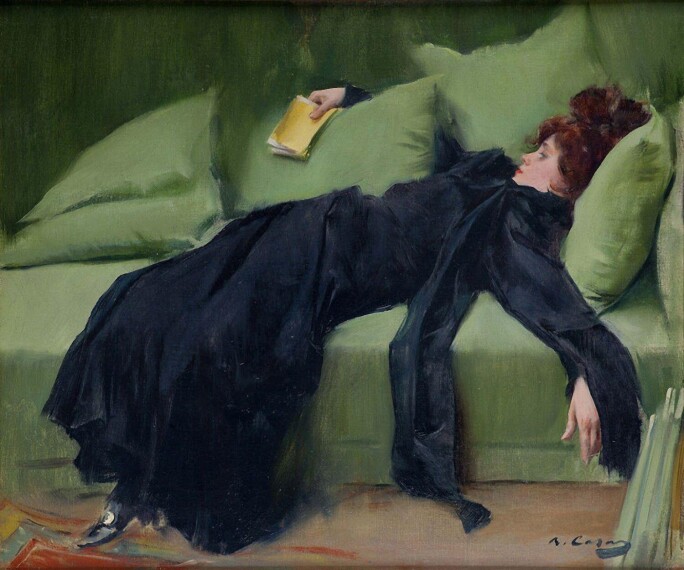T he material world is both objective and imaginary. We rely on things to remind us of the existence of a steady external life, while they also populate our internal world. In most cases, the act of collecting is not a neutral, dispassionate act. How do inanimate objects come to have powerful appeal, to evoke hunger and desire for the collector?
To understand the collector’s experience, we must pause on the question of value. From the Latin valere, “to be worth,” value in its earliest usages referred to a thing’s intrinsic worth. Today, value is understood to signal relative importance, a thing’s utility or, as per the amorphous and all-powerful market, its price.

Hannah Arendt wrote that objects “have the function of stabilizing human life… against the subjectivity of men stands the objectivity of the man-made world rather than the sublime indifference of an untouched nature.” Once acquired, objects are lifted out of their primary context, added to a set and reassigned a value. Their old life, whether it be the sphere of production or an artist’s studio, is supplanted by a relational, abstract identity: belonging to a collection. But what is an object’s intrinsic versus subjective identity and how are things selected or excluded? These categories fail to account for blurriness, for the impossibility of separating valuation from the ideological constraints implicit in any social practice.
Value is a dynamic, socially constructed phenomenon. Karl Marx distinguished between the use and exchange values of a commodity and argued that value is often manipulated by external forces. Taken solely on use value, a car, for example, initially seems more valuable than a painting, but is it? Some cars with high exchange value, especially rare and collectible models, have little use value, having become almost undrivable for regulatory or practical reasons. As Sigmund Freud would note, value is determined not only by material conditions but also by unconscious motivations; objects become commodities through various processes of exchange, both material and psychological.
British pediatrician and psychoanalyst Donald Winnicott’s concept of the transitional object—the blanket or teddy bear that helps the child navigate the psychological space between dependence on caregivers and their own independence—shows how items from our childhood years come to bridge the gap between our internal world and external reality. For the child, the transitional object transcends its own physicality and acquires emotional meaning. In later stages of life, this way of relating to objects can morph into a devotion to the things one collects.
“[Objects] have the function of stabilizing human life…against the subjectivity of men stands the objectivity of the man-made world, rather than the sublime indifference of an untouched nature.”
Even so, while any individual collector might infuse stamps with a symbolic significance beyond their material nature, only a considerable group of collectors, with a similar emotional investment in those thin paper squares, can build their market value. A collected object thus lives somewhere between a deeply subjective world of fantasy, collective imagination and the hard edges of material reality.
Embracing inanimate objects emerges, at least in part, from a search for fixity. Early deprivations, losses or traumatic events that mess with the security of early relationships can form a psychic wound. In the desire to shore up a sense of reliability, to compensate for loss or insecurity and mistrust in the goodness of the world, it may seem safer to turn to reliable material things.
Of course, desire toward an object also has the power to disorganize, invite incoherence, break through reason and violate our attachments to the familiar. Freud used the term “cathexis” to refer to the investment of psychic energy into an object. A collector becomes cathected to their objects of fascination. Cathecting in part relies on our mind’s capacity for madness, to hyper-focus on one part of our experience and remain disinterested in other facets. The collector seeks in the world the objects that give them pleasure and satisfaction—they have less interest in the rest. Yet this private world is inseparable from the group mind, the collective’s shared marketplace of fantasy and value.
Should we conclude that if the predominant value of an object feels intrinsic—that is, valued for its use or objective aesthetics—it does not belong in a collection; and if, by contrast, the value emerges from a subjective place—valued chiefly for its relationship to other objects, to an idea, to its owner—it does belong to a collection?
